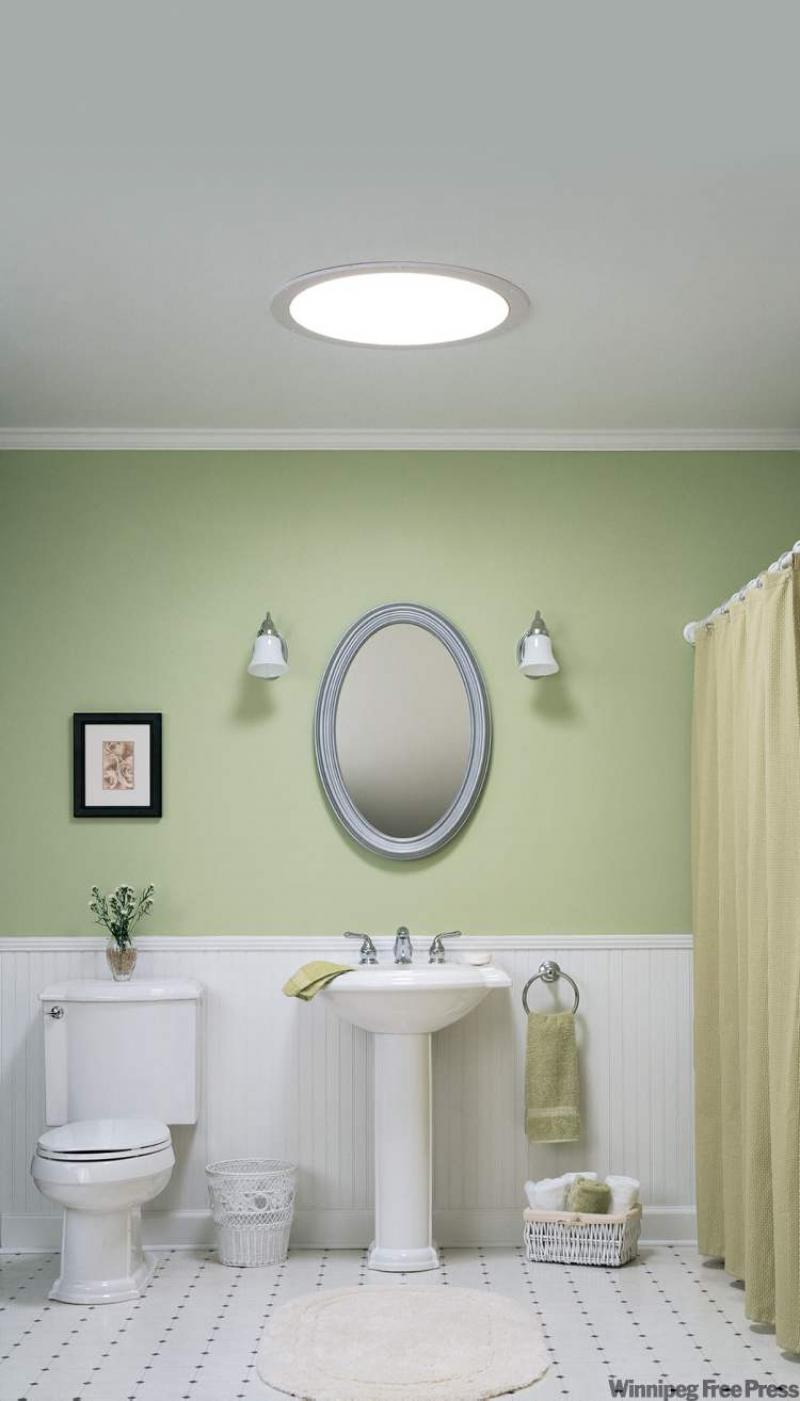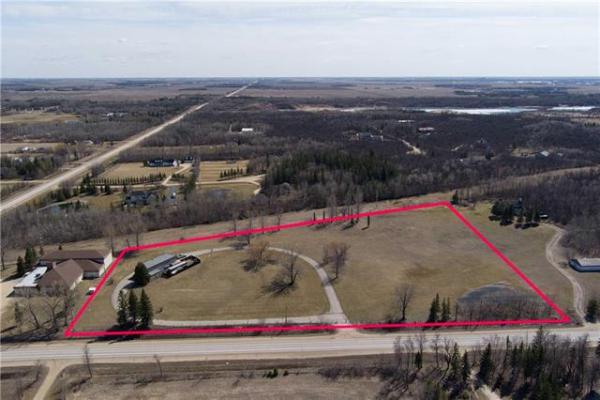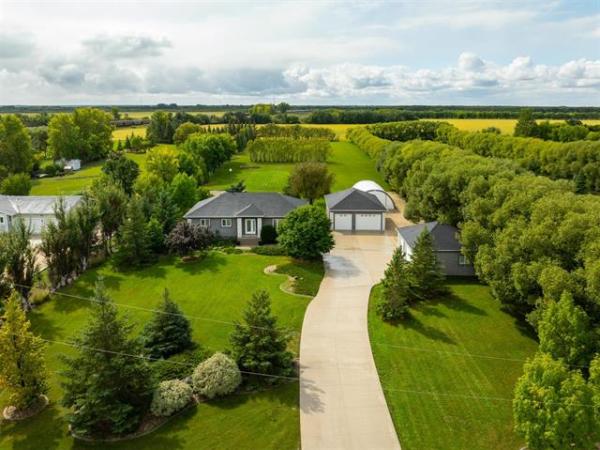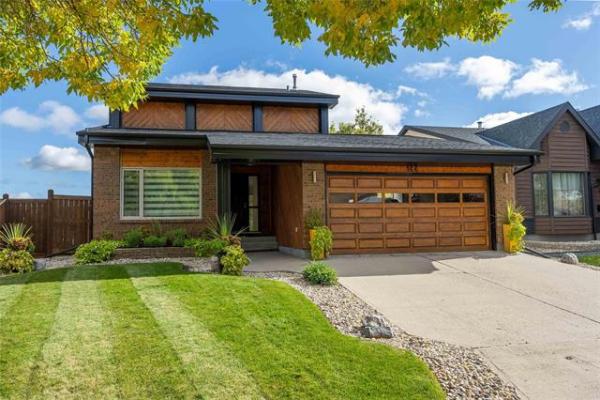

QUESTION: In a previous edition of the Free Press, you addressed the question relating to the removal of skylights. In that article you highlighted concerns with the installation of skylights, such as condensation and leakage. These are concerns that I share.
There are several areas in our home, however, that could use additional light. This light could be provided by a skylight, or some alternative. As an alternative to the traditional skylight, I have been considering the use of sun tunnels. These items appear to be relatively new to the market and are generally available at building-supply stores and come in a variety of designs. They cost significantly more than that of a traditional skylight, or at least from the ones I have seen.
What is your experience and opinion with respect to sun tunnels? Are they prone to the same problems as traditional skylights, and is the amount of light they provide worth the investment? Your advice would be appreciated.
Thank you. Boyd Smith
ANSWER: When I received your question a little while ago, I was familiar with sun tunnels, but had not seen very many in homes. Recently, I inspected an older home that appeared to have these units installed in the upper floor. So now I am able to relate my observations and give you advice.
At first glance, I had not noticed these small, round skylights in the upper-floor ceiling of the home, but I'd seen the small bubbles above the roof during the exterior portion of my inspection. I also noticed the insulated tubes inside the attic when I stuck my head through the access hatch.
While there were some moisture stains on the underside of the roof sheathing around the skylights, there did not appear to be any major leakage from the exterior. However, the insulation was disturbed and discoloured around the bottom of the skylight tubes, which prompted me to take a better look at the ceiling where they were installed.
You're probably not surprised to hear that I noticed moisture stains, damage, peeling paint and other signs of typical skylight problems.
But there are other factors to take into account. While these skylights obviously had some leakage issues -- whether from the roof above or due to condensation in the attic -- the defect wasn't immediately clear. There's a possibility these retro-fit skylights were good quality, but not properly installed. The insulation around the units obscured the quality of installation, but the level of insulation and air sealing did not appear to be well-executed. If these units are not well-sealed at the older ceiling, or poorly insulated in the attic, condensation and leakage is almost a certainty.
I didn't see any foam insulation around the skylight housings, which is an ideal product to insulate and stop air leakage around the holes where the skylights have been installed. The height of the upper roof did not allow me to inspect the roof installation to see if proper flashing was installed around the skylights to prevent leakage. The roof slope was fairly low-pitched, so there was more chance of leakage from snow and ice buildup.
I think these small, round skylight units are more costly than traditional, rectangular skylights because they have more components. Typical skylights are made of a simple dome or flat surface of acrylic or glass with accompanying metal trim, weatherstrips and flashing.
The curbs the skylights sit on normally have to be assembled on-site so that the units are raised above the roof surface. These curbs have to be covered with moisture-resistant materials and flashing to prevent leakage once the skylight is installed over top. Also, a box must be framed and installed that connects the bottom of the skylight curb to the top of the ceiling through the attic. This box must be fully insulated and sealed to prevent the problems identified earlier.
The difference with the sun tunnels is that this box is replaced with a pre-manufactured tube that is cut on-site to fit this area. I'm not sure if this tube comes pre-insulated, but it should make installation and air-sealing considerably easier than traditional skylights.
It would be easy for me to take the position that "a skylight is a skylight is a skylight" and maintain that they are all are prone to leakage. While that's a reasonable generalization, not all products of this type are made the same. The idea behind a skylight system with a partially pre-assembled box or tube is a good one, but in practice it may have similar problems to a normal rectangular unit.
As with most products of this type, they are not ideal for a DIY weekend project. The difference between a leaking skylight and a dry one is often a product of the quality of initial installation.
Ari Marantz is the owner of Trained Eye Home Inspection Ltd. and the president of the Canadian Association of Home & Property Inspectors -- Manitoba (www.cahpi.mb.ca). Questions can be emailed to the address below. Ari can be reached at (204) 291-5358 or check out his website at www.trainedeye.ca.
trainedeye@iname.com



